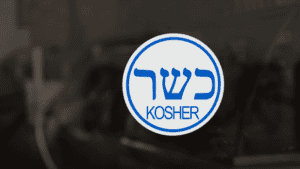Last Updated on November 3, 2022 by Packoi Team
The answer to these questions is the science of packaging design. When marketing a product, the packaging can be just as important as the product itself.
Think about the last time you bought a product. Chances are, the packaging caught your attention first. With so many products on the market, companies must stand out from the competition and create a package that catches consumers’ eyes.
But what makes good packaging? And how important is it in marketing a product? Read on to find out everything you need to know about the role product packaging plays in creating a positive emotional response for consumers.
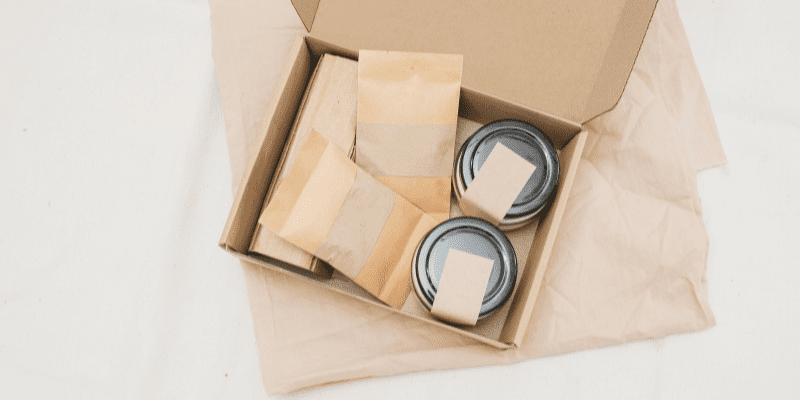
What is the Role of Packaging in Marketing a Product?
The role of packaging in marketing a product is to serve as the first and often lasting impression of the product. It is the silent salesman influencing the shopper’s decision to purchase (or not). Good packaging showcases the product while protecting it, communicates key messages and branding, and makes it easy for the consumer to understand and use. In short, good packaging is a must-have in any product marketing strategy.
Product packaging has come a long way from being merely functional to serving as an essential marketing tool. Many experts believe packaging plays just as big of a role in promoting a product as traditional advertising. After all, what good is advertising if the product itself is unappealing or difficult to use?
Functional packaging design must strike a balance between form and function. The best packaging designs communicate key messages while being practical and according to the actual product. A great example of this is Apple’s minimalist approach to product packaging – the clean lines and sleek design of their boxes convey a message of sophistication and quality, which perfectly complements their products.
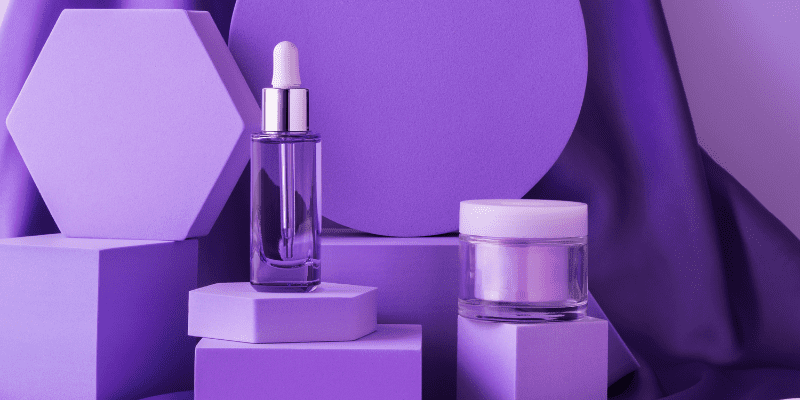
How to Design an Effective Package for Your Product?
Product packaging design is the first impression potential customers will have of your product; first impressions are everything. The right packaging can make or break a sale, so you must get it right. But where do you start?
Here’s a quick manual for you:
Define Your Brand
Before designing your product packaging, you need to define your brand. What are your core values? What tone do you want to set? What feeling do you want your packaging to evoke? Once you have a clear idea of your brand, you’ll be able to design packaging that’s on-brand and reflects your company’s personality.
Keep It Simple
When it comes to product packaging, less is more. Keep your designs clean and uncluttered for a sophisticated look that will appeal to consumers. Avoid using too many fonts or colors, and resist the urge to include too much manufacturing or nutritional information on the packaging – you can always direct customers to your website or include an insert if they want more details about the product.
Consider the Audience
Who is your target customer? What are their needs and desires? Keep your target market in mind when designing your product packaging and design accordingly. For example, if you’re selling baby clothes, your packaging should be designed with parents in mind – it should be easy to open and close, and it should be durable enough to withstand repeated washings. If you’re selling luxury goods, on the other hand, your packaging should reflect the high-end nature of your products.
Use Quality Materials
The materials you use for your product packaging can make a big difference in how it looks and feels and how much consumers are willing to pay for it. According to a study by The Paper and Packaging Board, 72% of the customers agreed that product packaging influences their purchase decision. And with product unboxing videos being quite a rage, falling short on this front will hurt your brand reputation. Using quality materials like thick paperboard or sturdy plastic will give your packaging a luxurious feel that will increase perceived value and encourage customers to splurge on your products.
Make It Reusable or Recyclable
Sustainability is vital to consumers and brands nowadays, so ensuring your product packaging is reusable or recyclable is a great way to score some brownie points with shoppers. If possible, use materials that can be reused or recycled – like glass or aluminum – or opt for eco-friendly biodegradable options like bamboo or paperboard. Not only will this reduce waste, but it can also make customers feel good about supporting your green initiatives.
Protect Against Damage
No matter how carefully you package your products, there’s always a chance they could get damaged during shipping, something brands dread. To help protect against breakage, choose materials that are durable and shock-absorbent. For example, paperboard boxes have a crush-resistant construction that allows them to withstand rough handling, while foam inserts provide an extra layer of protection against impact.
These days, when you ask someone to name a popular search engine, chances are they’ll say “Google” without hesitation. It’s hard ‘to believe that there was ever a time when any other search engine was more popular—but there was. For a brief moment in time, yahoo.com reigned supreme. So, what happened? How did Google become the dominant search force while Yahoo! fell by the wayside? By staying focused on quality and continuously innovating, that’s how.
Make It Eye-Catching
Lastly, don’t underestimate the power of attractive aesthetics because product packaging creates brand recognition. Your goal should be to design product packaging that’s not only practical but also visually appealing. Use color, imagery, and typeface judiciously to create an aesthetic that catches attention and draws shoppers in.
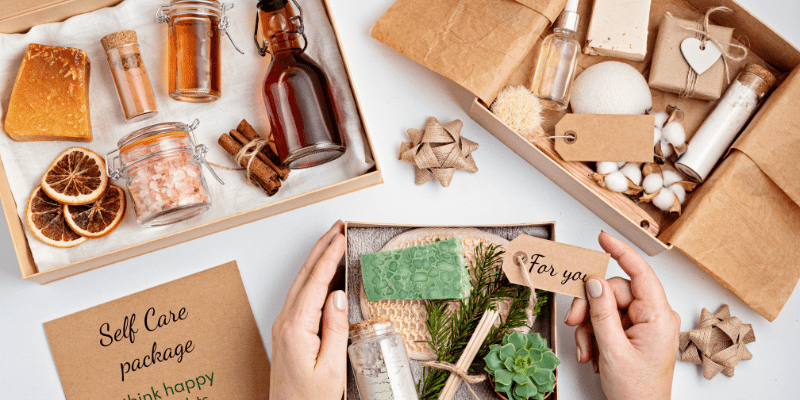
The Importance of Color and Graphics in Packaging
Your customers are barraged with thousands of product options every day. To stand out on the shelves, you must present memorable and eye-catching product packaging. But how can you achieve this? One important way is to pay attention to the colors and graphics you use on your packaging to amplify your brand values.
Color theory is a complex topic, but there are some simple guidelines you can follow to ensure your packaging color palette is effective. First, decide what emotions you want your customers to feel when they see your product. For example, if you’re selling a healthy food product, you might want to use green packaging to evoke feelings of naturalness and healthfulness. On the other hand, if you’re selling a luxury item, you might want to use gold or silver packaging to signify opulence and high quality.
In addition to using colors that convey the right emotions, you should also ensure your colors are well-coordinated. This doesn’t mean your packaging needs to be boring—in fact, using a variety of colors can actually be quite eye-catching—but all the colors should work together harmoniously. An easy way to achieve this is to choose one dominant color and two or three accent colors. For example, if your dominant color is green, your accent colors might be yellow and brown.
Graphics are another important element of effective brand identity that can help you stand out from competitors. The right graphics can reinforce the message you’re trying to communicate with your color palette and help your product stand out on the shelves. For example, if you’re selling a children’s toy, you might use playful graphics that will appeal to kids. If you’re selling a more serious product, like business software, you might use more understated graphics that convey a sense of sophistication and professionalism.
Ways to Make Your Package Stand Out from the Competition
Your product packaging speaks volumes about your brand identity and marketing strategy, and it must be better than the competitors. But what goes into designing an effective package? How can you make sure that your packaging makes a positive impression?
Here are a few things to keep in mind:
Color Psychology
Color is one of the most important aspects of product packaging that makes the product inside desirable. Not only does it play a role in catching consumers’ attention, it also has the power to influence their emotions and perceptions.
When choosing colors for your product packaging, it is important to consider what message you want your colors to communicate. Since customers usually see the product online, their customer experience can be based solely on the box design they see. And this is only possible if you undertake the importance of packaging and group similar products.
For example, blue is often used to convey trustworthiness and reliability, while yellow is associated with happiness and energy. If your product targets young adults, use brighter colors like pink or orange to capture their attention. On the other hand, if your target market is older adults, you might want to use more subdued colors like green or brown.
No matter what colors you choose, make sure they are cohesive and convey the same message across all products in your line. You want potential customers to look at your packaging and immediately know what your brand is all about.
Brand Voice
Another important element of on-point product packaging is creating a brand voice that speaks to your target customer base. Your brand voice should be consistent across all marketing materials, from your website copy to your social media posts to — you guessed it — your product packaging.
When crafting your brand packaging, consider what words you want people to associate with your brand. Are you fun and quirky? Serious and refined? Bold and adventurous? Once you’ve settled on 2-3 adjectives that describe your brand best, use them as a filter when creating all future marketing materials, including product packaging designs and copy.
For example, if your brand voice is “fun and quirky,” make sure your packaging copy is playful and humorous. Avoid using jargon or industry buzzwords; instead, opt for language that is accessible and relatable and impacts the buyers’ purchasing decisions.
Target Customers
As with any marketing material, keeping your target customers on top of your mind when designing product packaging is crucial for your brand image. Who are you trying to reach with this particular product? What are their needs and wants? How can your product fit into their lifestyle? Answering these questions will help ensure that every element of your packaging — from the colors to the copy — is appealing to your target market.
Say you’re selling hiking gear, and your target customer loves spending time outdoors (most likely someone who also cares about being eco-friendly). In this case, using natural colors like green and brown would be a good way to express this customer’s love of nature. Using recycled materials for the actual brand packaging would show that you share their values around sustainability.
Tips for Reducing Costs Associated with Packaging
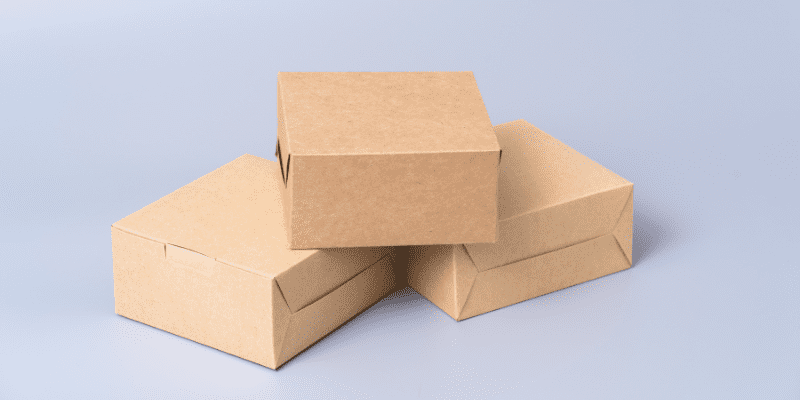
Investing in packaging for better brand recognition can be expensive, but it doesn’t have to be. Here are three tips for reducing the costs associated with packaging without compromising quality.
Think outside the box – or inside the jar. Instead of using traditional packaging materials like boxes and wrapping paper, get creative and repurpose items you already have around the house. For example, mason jars make great packaging for candles and other small items. Not only is this a cost-effective solution, but it also gives your product a unique, rustic look.
Shop around for the best deals. Don’t just purchase the first thing you see – take the time to compare prices and find the most cost-effective solution for your needs. Branded products don’t have to be draining for your resources if you shop around, something many brands don’t realize.
Recycle, recycle, recycle. One of the easiest ways to reduce packaging costs for your store is to recycle materials you would otherwise throw away. Cardboard boxes, for example, can be reused over and over again. This not only saves you money, but it’s also good for the environment.
Conclusion
Product packaging is often your first sales pitch, an element in your marketing strategy that tells your brand’s story and attracts buyers. If your packaging resonates with the target audience and covers all essential design elements, it plays a crucial role in getting new customers. Innovative packaging can influence your consumers’ unboxing experience so they easily identify your products, making their decision to purchase a product easier. Using creative design and eye-catching colors helps manufacturers make their products more appealing to customers. Moreover, you can use packaging to highlight the benefits of a product and increase the customers’ purchasing decisions. Understanding the importance of product packaging can create successful marketing campaigns that increase sales.
Your product is worth its weight in gold, and you want the packaging to reflect that. You want people to be intrigued, to trace their fingers over the embossed lettering or the glossy finish. And we can make that happen. We’ll work with you to create custom packaging that reflects your brand and leaves a lasting impression. If you’re ready to take your product package design to the next level, contact us. We’ll help you make packaging that pops.



